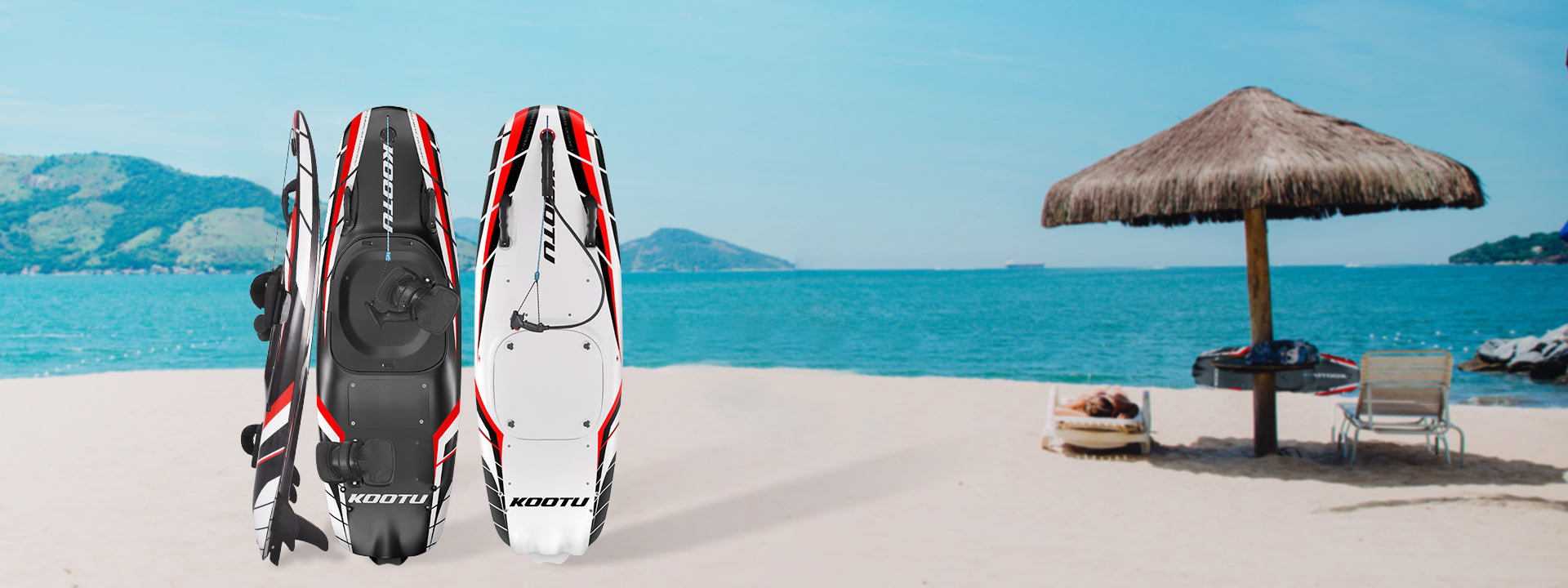How to shift gears on KOOTU road bike?

The main purpose of shifting gears on a road bike is to adjust the pedaling resistance and frequency according to different terrains, road conditions and riding intensity to maintain riding efficiency, save physical energy and improve riding comfort. Specifically, shifting gears has the following important functions:
1. Adapting to different terrains
Uphill: When climbing, shift to a lighter gear (small front sprocket and large rear flywheel gear) to reduce pedaling resistance and make riding easier. This can avoid excessive force and fatigue too quickly.
Flat road and downhill: On flat roads or downhill, shift to a heavier gear (large front sprocket and small rear freewheel gear) to increase pedaling resistance to maintain a high speed and a stable pedaling frequency.
2. Improve riding efficiency
By choosing the right gear, you can maintain a moderate pedaling frequency (usually 70-100 revolutions per minute), which helps riders ride with the best power output efficiency. Too heavy a gear will lead to excessive force and fatigue, while too light a gear will lead to too high a pedaling frequency and inability to maintain speed.
3. Save energy
Proper gear shifting can help riders save energy, especially in long-distance or mountain biking. By choosing the right gear, riders can avoid unnecessary physical exertion and maintain a stable output for a longer period of time.
4. Protect bicycle parts
Proper gear shifting can reduce the wear of the chain, freewheel and derailleur, and extend the service life of the parts. For example, avoiding excessive tilt of the chain (i.e., cross-chain) can reduce the wear of the chain and gears.
Introduction to the gear shifting lever
This shift part at the front of a road bike combines the brake and shift functions. You brake by squeezing the entire shift lever backwards. For derailleur function, the left hand controls the front derailleur and the right hand controls the rear derailleur.















